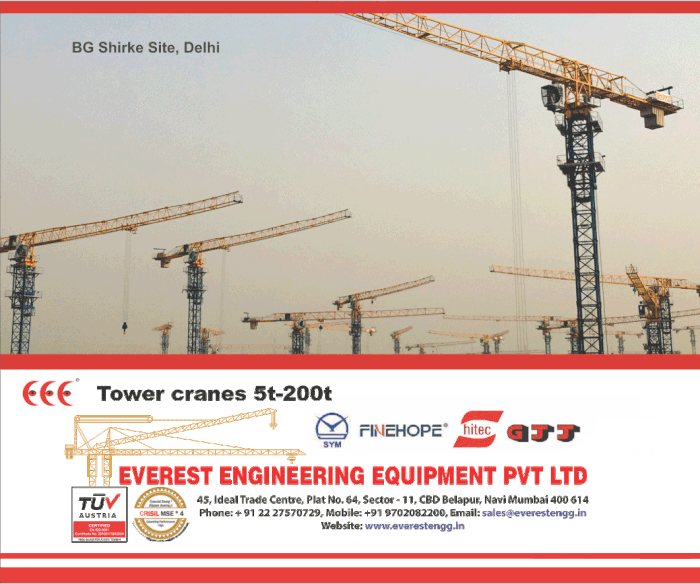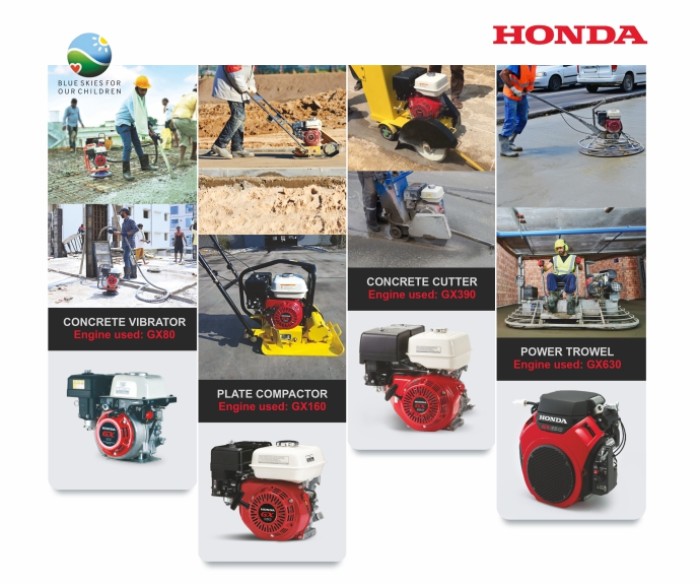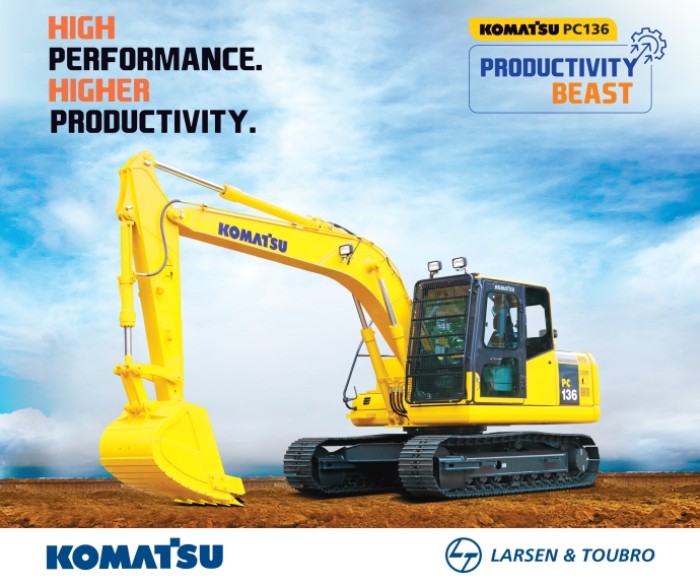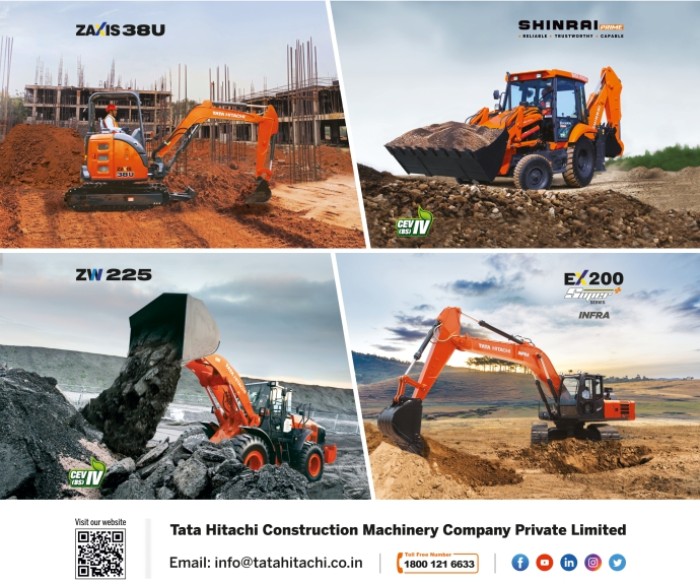The Future of Construction Equipment: Integrating AI and Automation!
It’s time to take a closer look at a topic that’s transforming the world around us, our cities, and infrastructure: Construction Equipment Technology. It’s not simply about getting buildings built quicker — it’s a reshaping of how we see construction. Imagine construction sites with fewer people, less pollution, and more machines that plan their work and handle most of the grunt work. Even more important: Each piece of equipment is smarter, safer, and more efficient. We’re moving there! Innovations abound in this field to speed up processes and be safer, greener, and cheaper for construction. That’s why we’re at the top of the robots laying bricks, drones surveying land, electric diggers, smart maintenance systems, and other construction frontier. It’s for you if you’re a contractor who wants to step up, a student curious about future career choices, or someone just interested in how our world is constructed.
Problem
Construction, as we’ve known it, faces some hefty challenges:
• Physical Strain and Safety Risks: Construction is the most dangerous and physically demanding job. Exposure to physical risk factors such as, for example, heavy lifting (risk of injuries), working at height (risk of injuries), or accidents with machinery, are common among workers. Fatal injuries were among the highest of any industry, according to the U.S. Bureau of Labor Statistics.
• Inefficiency and Time Delays: Many of the methods used are traditional, slow, and inefficient. But then again, the tasks of a manual workforce like bricklaying or concrete pouring can take a very long time compared to automated processes. Delays can be annoying, but they’re money. According to a McKinsey study, most construction projects run over time, and delay leads to an average cost overrun of about 80 percent.
• Environmental Impact: This is usually the case with construction sites. Diesel-powered equipment has its fair share of air pollution in urban areas. Many global greenhouse gas emissions are contributed by the construction sector and its machinery.
• Equipment Maintenance and Downtime: Heavy machine operations require lengthy maintenance and unplanned repair downtime. It not only increases the costs but in addition, interferes with the work schedule. These traditional methods of maintenance are reactive whereas proactive maintenance uses the available resources efficiently.
• Skill Shortage: However, in construction, there is a growing gap in demand for skilled workforce and the availability of the workforce. In an industry known for its difficult working conditions, it’s hard to attract and train new talent as older workers retire.
• Cost Overruns: As to the unpredictability of construction projects, a budget tends to get overrun. These other factors almost always exceed initial estimates and increase project costs by an unforeseen amount, like site conditions, unexpected changes in material cost, and workforce issues.
These are core problems that affect everyone whose job involves working with the construction industry—from residents in the communities next to a construction site to investors, to project managers, to workers on the ground. They emphasize the pressing need for a technological overhaul of the construction approach. The good news? Some solutions are already emerging, and they are solutions that should make for a brighter, more sustainable future.
Solution:
1. Automation and Robotics Things start to get exciting here. Big time is construction getting automation and robotics.
• Robotic Bricklayers: The two can build bricks faster than human workers, and more precisely. They work very hard reducing labour costs and expediting projects. Studies that have taken place recently show that robotic bricklayers can up productivity by up to 50%.
• Autonomous Vehicles: Think of bulldozers or excavators that can operate without human control. They move materials or dig exactly where they need to when using GPS and sensors. It reduces accidents because this boosts efficiency. According to demand, the market for such vehicles is expected to grow considerably by 2028.
• Drones: Aerial photography isn’t their only use anymore. They can survey sites, monitor progress, and even deliver materials to difficult-to-reach areas. They’re appearing on construction sites all over the place now, boosting safety and producing real-time data for managers to make better decisions.
2. Fuelled Electric and Hybrid Construction Equipment Construction equipment is transitioning from gasoline to electric and hybrid.
• Greener Machinery: We’re seeing a huge drop in emissions by using electric or hybrid tech. Especially when you’re talking about air quality in urban areas, this is super important. A recent report indicates that most heavy equipment will be electric or hybrid by 2025. The first step is to switch out high-use, dieselpowered equipment for electric versions such as mini excavators or forklifts where the technology is available.
• Energy Efficiency: Not only are these machines kinder to the planet, but they’re also kinder to your wallet. Less energy is consumed, thus lower fuel costs. They’re also quieter, meaning construction sites have less impact on nearby communities.
• Look at the Cost Benefits: This initial investment is likely to be higher but the longterm fuel savings, maintenance, and standard running costs can also be significant. The Association of Equipment Manufacturers conducted a study that revealed that electric equipment can cut operational costs by 50 percent or more across the equipment’s lifespan.
3. Maintenance and Tele diagnostics of Equipment
What if you knew your equipment was healthy, without touching it?
• Remote Monitoring: According to IBM research predictive maintenance could reduce equipment downtime by 35 to 45 percent and extend machinery life by up to 20 to 40 percent. Measure equipment health in real time using IoT sensors, so maintenance can happen before equipment breakdowns. Tele diagnostics and sensors put on equipment can tell you that something is wrong before it’s a problem.
• Predictive Maintenance: It’s not just about fixing things when they’re broken, it’s about not having them break in the first place. Because they are logged, companies can use the data from the equipment and schedule the maintenance at the optimal time, lengthening the life of their machines and spending less on repairs. According to a study, the downtime of equipment can be reduced by up to 35 to 45% by using predictive maintenance. General Recommendations
• Start Small: For beginners who don’t know about these technologies well, start with 1 or 2 pieces of equipment or a pilot project. It helps you manage risk but provides you with something tangible to see.
• Collaborate: Talk to tech providers to keep up or even join an industry group. Shared learning experiences and better technology adoption strategies are possible when you collaborate.
• Monitor and Adapt: Measure the impact of these technologies on your projects with data analytics. But it will also allow you constant monitoring, enabling you to adjust strategies consistently for maximizing ROI.
• Embrace Change: New methods have traditionally found it difficult to be adopted by the construction industry, but the benefits are clear. One other is a proactive approach to change which allows you to be set apart from your competitors.
If you integrate these recommendations into your construction practice, the returns are not only for your bottom line but also for the industry, by creating a safer, more sustainable practice. We must remember that technology in construction is not about replacing human workers, technology can be used to enhance human capabilities, reduce risk, and build a better future for everyone.
Conclusion
Construction equipment technology is turning the way we build upside down. We’re talking about future cleaner, safer ways to build with robots laying bricks or machines that can’t even be heard. It isn’t just an adoption of new tech; it’s about figuring out how you should leverage these tools to change your work. For builders, engineers, and those curious about how buildings are made these days, keep an eye on these developments. They are the future of tomorrow’s construction. Keep in mind that the secret to success in this constantly changing environment lies in changing — and the act of learning constantly. Or more to the point, who wouldn’t like robots and drones to do the heavy lifting? That’s how we have built a better future!
















Leave a comment